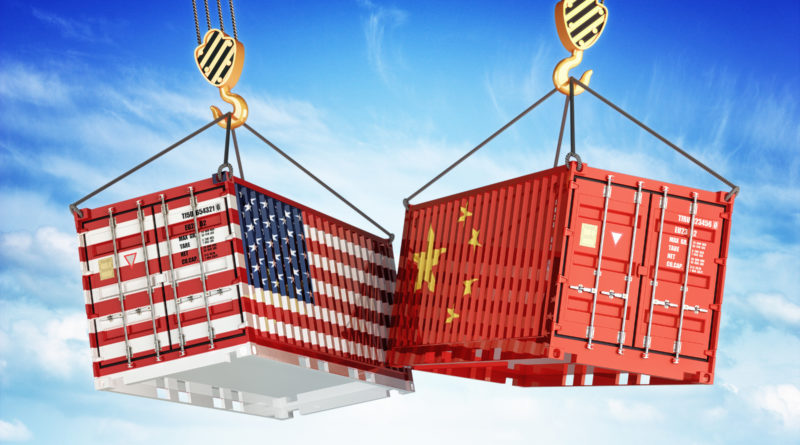President Trump Is Imposing Tariffs On China Yet Again
7,753 total views, 1 views today
For much of his presidency, Donald J. Trump has drawn headlines — and criticism — for his imposition of tariffs on China. During the first year of his term, Trump successfully negotiated some trade deals with China, but in early 2018, his administration enacted tariffs on imports ranging from steel to solar panels. For much of 2018 thereafter, the two world powers engaged in a trade war that came to an end in December. However, this week, Trump has threatened to reignite the battle.
On May 5th, Trump tweeted that he would increase tariffs on $200 billion of Chinese imports because ongoing U.S.-China trade talks have not progressed as fast as he would like. Because the two countries have recently come close to formalizing an official trade deal — a step up from the informal truce Trump struck with Chinese president Xi Jinping in December — Trump’s announcement came as a surprise to many.
Just last month, U.S. Treasury Secretary Steven Mnuchin described recent trade talks between the two countries as “productive.” Chinese Vice-Premier Liu He is making his way to Washington, D.C. to continue trade negotiations. Trump’s tariffs would go into effect on Friday, while Vice-Premier He will be in the U.S. to engage in talks.
Some in Trump’s camp, though, have described his tweeting about tariff spikes as a threat, not an actual policy move. White House economic adviser Larry Kudlow, for example, has claimed that Trump proposed higher tariffs to push China to offer more in the ongoing negotiations. As Kudlow told Fox News, Trump’s temporarily lowered tariff rates “may not be forever” if talks fall apart. People outside Trump’s team have also described the president’s newest tariff announcement as merely a threat, with some even calling it mere bluster and lambasting Trump’s tendency to not follow through on things he says.
Whether or not Trump does indeed impose a new set of tariffs, stock markets are already reacting. The Dow Jones Industrial Average traded 350 points lower on Tuesday, shortly after the tariffs were first announced. Similarly, the energy sector lagged, as reflected in the S&P 500 falling 1.4%. The Nasdaq Composite also fell 1.3%. These numbers, however, pale in comparison to the lows they hit the day prior in the immediate response to Trump’s threats. Then, the DJIA traded 471 points lower and the Nasdaq fell 2%. The increase in these metrics towards their pre-Monday values reflects a belief among many stock traders that the U.S. and China will reach an agreement soon.
Oxford Economics team member Louis Kujis, for example, described the current situation between the U.S. and China as “solvable” in response to the stock market’s reactions. Kujis also noted that a trade war, were it to reignite, would harm both nations’ economies, especially China’s. The Chinese government seems well aware of the potential problems associated with new tariffs, as the country’s Foreign Ministry spokesman Geng Shuang said to a press briefing this week. His words neatly summed up China’s position in the ongoing trade talks: “Adding tariffs can’t solve any problem.”

